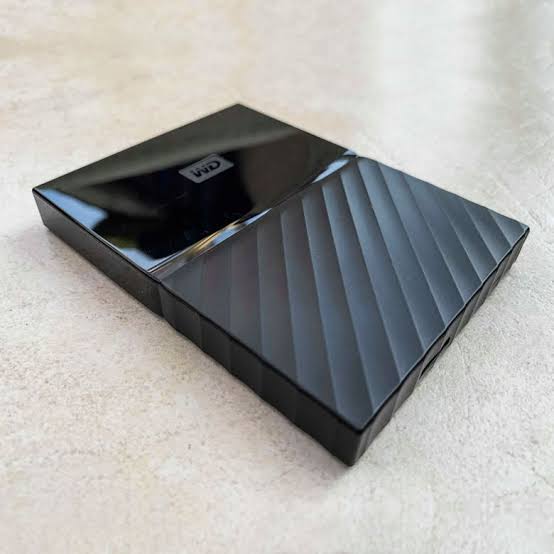

1646: Security-focused OS updates, Photos Workbench review, Mastodon client wishlist, Apple-related conferences.1647: Focus-caused notification issues, site-specific browser examples, virtualizing Windows on M-series Macs.That said, you also need to buy an LTO drive to load the tapes with, and this additional hardware will set you back anywhere from $3000-$9000 depending on the generation, speed and connectivity. LTO-tapes can last for over 30 years! And because they just sit “air-gapped” on a shelf they are immune to destruction from viruses or ransomware attacks. The latest generation of LTO-tapes can safely store 18 TB of raw footage or 45 TB of compressed data per tape, which only costs around $140 each. With SSD drives you might want to connect them to a computer every few months at least.įor a much more expensive and professional archiving solution LTO-Tape drives are ideal. One note of caution is that ideally any hard drive with a spinning disk would be spun up every year or so to keep all the parts in working order. Although here, all your eggs are in one-basket should that single drive fail. Personally, the Western Digital MyBook drives (USB 3.0) are an incredibly affordable option with a monstrous 18 TB costing around $330 (less than $20/TB!).

I just wanted to highlight my experience and provide more information than your average review on the internet. The SanDisk Extreme Pro is still one of the best reviewed external hard drives on the internet, I regularly use SanDisk memory cards and seldom have issues so I certainly won’t dissuade you from that option. With all that being said, my experience is most certainly happenstance. It wouldn’t even power-up - and I spent hours dredging across forums on the internet looking to find ways I can recover some data. I wasn’t able to recover anything off of the SSD. I’ve had traditional hard drives fail, but even when that happens and you don’t have a backup, I’ve had luck in recovering files. I’ve heard that SSDs are better (and for the most part that’s true), and I just thought I had nothing to worry about. Fortunately, I had some redundancy in place (more on that later) and most of my precious files were backed up. And I learned a hard lesson in that you can’t recover data on an SSD like you could on a traditional hard drive. And it has blazing fast transfer speeds of up to 1050 MB/s over the USB-C 3.1 Gen 2 connection. It’s portable, lightweight, with storage space of 250 GB up to 4 TB (depending on the model you choose). Indeed, a simple Google search and you’ll find the SanDisk Extreme Pro SSD highly regarded, with glowing 5-star reviews.


 0 kommentar(er)
0 kommentar(er)
